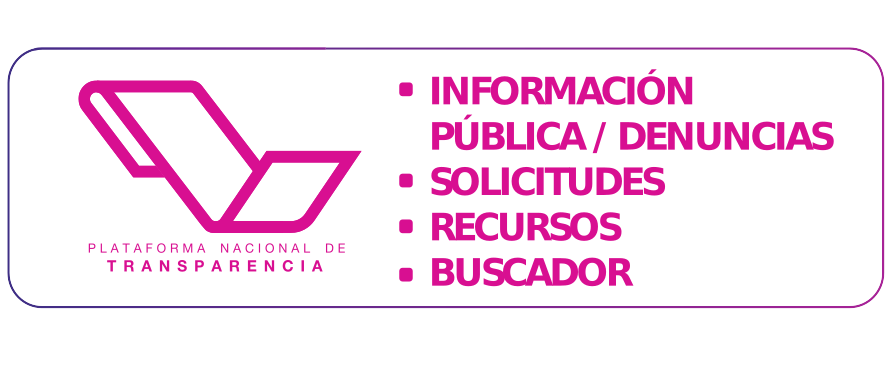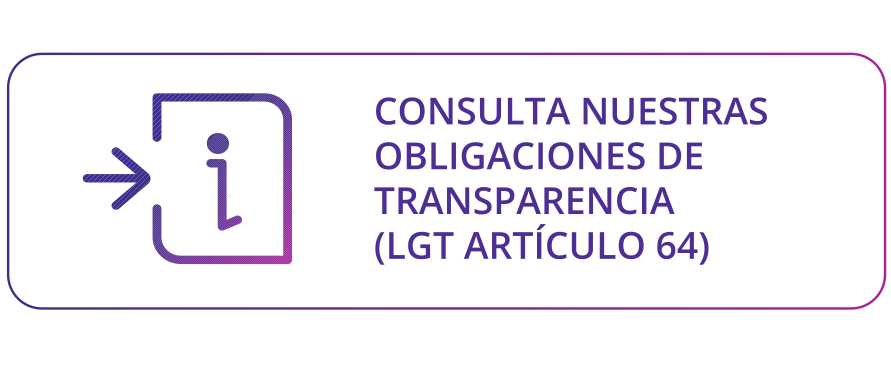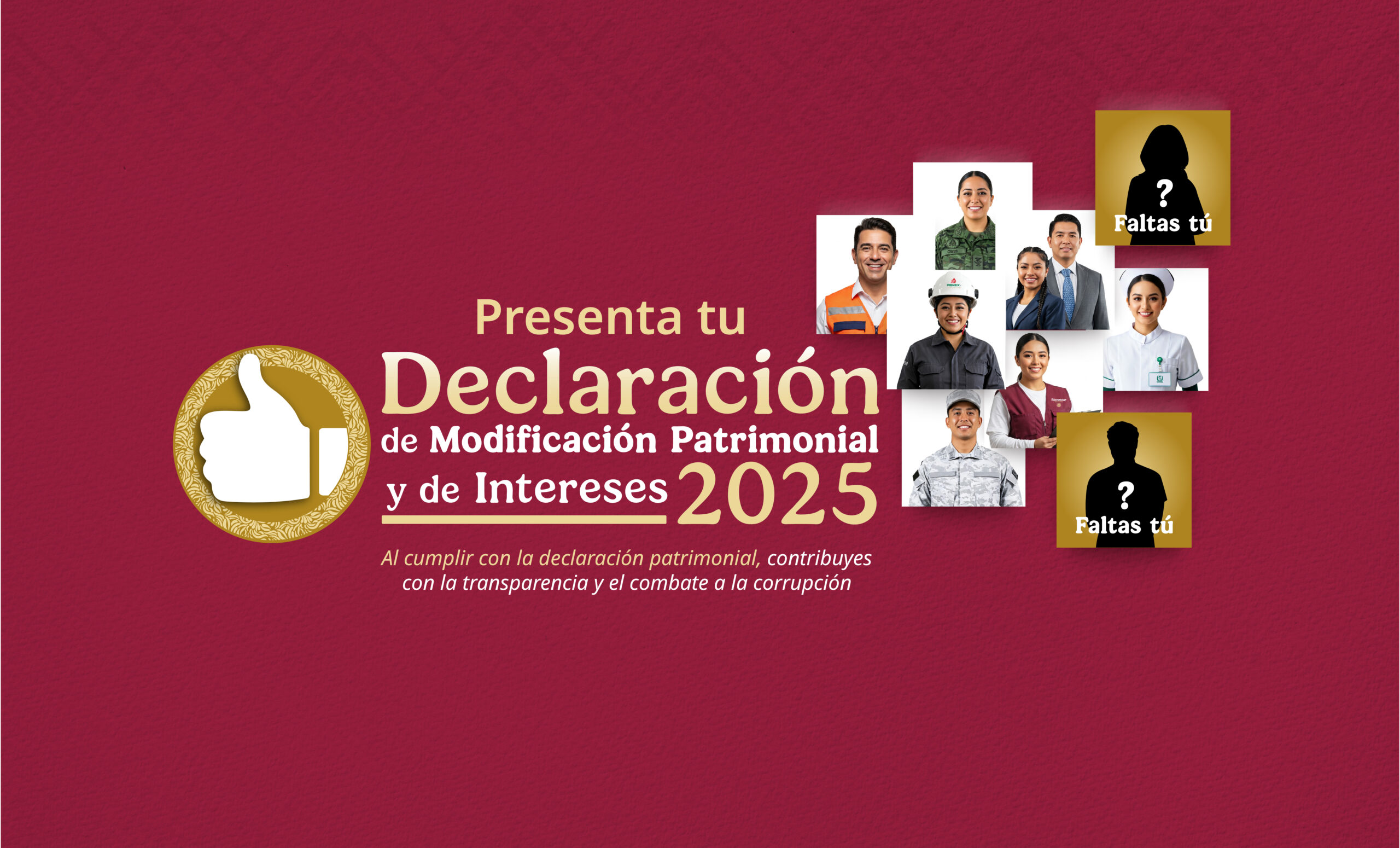El pasado 11 de marzo de 2013 tuvo lugar en las instalaciones de El Colegio de la Frontera Norte la primera sesión del Seminario Permanente sobre Migración Internacional (SEPMIG), la cual constó de una Conferencia Magistral impartida por el Dr. Jorge Durand, investigador del Departamento de Estudios sobre los Movimientos Sociales de la Universidad de Guadalajara. El SEPMIG tendrá como temática central durante este año “Las reformas migratorias en el mundo desde una perspectiva comparada”.
En esta conferencia titulada “Reforma migratoria en tiempos de crisis”, el Dr. Durand recorrió la historia de las reformas migratorias, abordando la Ley de Control y Reforma Migratoria (IRCA por sus siglas en inglés) de 1986, la cual establecía puntos para la regularizar a los migrantes indocumentados, por ejemplo: la legalización de 3.2 millones de un total de 4 millones de irregulares que había en EUA; la creación de un programa para facilitar la regularización de los agricultores (alrededor de 800,000) a quienes se les pidió tener una residencia de solo 9 meses. El investigador habló sobre la diferencia contextual de esta reforma, de cómo EUA se encontraba en una etapa prometedora y esta reforma era una conciliación con el migrante, a diferencia de la reforma actual que se presenta en un periodo de crisis y es agresiva hacia el migrante. Para comprender el cambio de panorama entre las reformas anteriores y la que viene, el Dr. Durand analizó los cambios que se dieron en el vecino del norte, mencionó que no fue la IRCA en 1986 la que comenzó a fortalecer la frontera, sino que hasta 1993 se empezó con esta tendencia a monitorear la frontera y fue hasta el 11 de septiembre de 2001 cuando definitivamente se buscó cerrar la frontera. Por esto podemos ver que no han sido históricamente las reformas migratorias las que han cambiado la mecánica fronteriza, sino otro tipo de eventos. Después de 1993 los estados consiguieron que se les permitiera legislar respecto a los migrantes, fenómeno que antes solo atañía a la federación, y en ese momento la postura política antinmigrante comenzó a ser políticamente redituable.
Entre las consecuencias económicas que abordó el Dr. Durand, encontramos la disminución de un tipo de remesas, existen remesas a salario, a inversión, a capital y sistémicas, estas últimas, siendo las que no se contabilizan por el Banco de México, refieren a los pagos a los coyotes, pagos que eran financiados por los ilegales ya establecidos en EUA que enviaban dinero a sus compatriotas para pagar su traslado a la tierra de las oportunidades, la crisis, sin embargo, ha evitado que estas remesas sean comunes y esto afecta a la economía mexicana. Además, a partir del IRCA se comenzaron a generar números de seguro social falsos, los cuales ascienden hoy a 12 millones, esto representa un ingreso para el fisco pero no funciona para establecer correctamente los diagnósticos laborales.
Alguno de los puntos que establece la nueva propuesta de reforma migratoria es la penalización a los empleadores pequeños, pero da un periodo de 2 años para regularizar a los empleadores que tengan más de 1000 trabajadores irregulares. Esto quiere decir, según el Dr. Durand, que no habrá penalizaciones reales para las grandes empresas, tales como la agrícola que manejan contrataciones por millares. El riesgo en esto es que los ilegales entren en un mercado de trabajo negro, el cual no estará regulado en absoluto y puede aumentar sus vulnerabilidades. El investigador extendió las posibles consecuencias negativas de la nueva reforma y concluyó con lo que considera una solución real al problema: Dar incentivos al retorno de los trabajadores temporales. Esto sería un primer cambio hacia cambiar la perspectiva cultural del fenómeno migratorio y evitar que los migrantes busquen quedarse en EUA, este método puede ser más productivo que el castigo, pues es imposible deportar 11 millones de indocumentados.
El video completo del seminario se encuentra disponible en nuestro portal de YouTube/elcolef y la entrevista con el Dr. Durand en la Sala de PrensaCelebrating its 15th anniversary, the Permanent Seminar on International Migration (SEPMIG in Spanish) held the first session of the 2013 cycle with a keynote conference by renowned migration specialist Jorge Durand, PhD. from the University of Guadalajara.
«Immigration reform in times of crisis,» was the title of the conference given by Durand in which he offered a historical perspective on past immigration reforms such as the Immigration Reform and Control Act (IRCA) of 1986, which led the path to the legalization of 3.2 out of 4 million undocumented immigrants in the United States; created a program to facilitate the legalization of farmers (around 800,000) who were asked to have at least 9 months of residency in the United States. Durand spoke about this reform in the context it was created, where US authorities wanted to reconcile with immigrants as opposed to the current scenario where there is a financial crisis and policies have become more aggressive towards immigrants in general.
To better understand the change of scenarios, Durand analyzed some of the major changes that have changed the way the US looks at the border with Mexico. It was not IRCA in 1986 that began to strengthen border security, it was until 1993 where monitoring the border became a trend and policy, and then September 11th occurred and the shift to “close the border” took place. This also points out that immigration reforms have not been the vehicle to change the procedures at the border or to deal with undocumented immigrants but other events. In 1993 states were able to legislate in regards to immigration, a matter that before only pertained to the federation, at that time having an anti-immigrant political stance proved to be politically profitable.
Among the economic consequences addressed by Jorge Durand, he spoke about the diminished money transfers from Mexicans in the United States to Mexico. Some of these transfers are into salaries, investments, capital and others are considered “systemic”, those not accounted by the Bank of Mexico, those are the ones that undocumented immigrants send to be used to pay for “coyotes” or smugglers, money sent to their families so they can join them in the US. However, with the financial crisis in the US, all transfers have been affected therefore affecting the Mexican economy as a side effect.
Furthermore, from IRCA began to generate false social security numbers, which now total 12 million, this represents an income for the treasury but does not work to establish working correctly diagnoses. Also, since IRCA in 1986, there has been a widespread trend among undocumented immigrants on using false social security numbers, at least 12 million have been accounted for, which represents a major loss for the IRS.
In regards to the new immigration reform, Durand explained that there are some aspects that are worth considering, on one hand, it establishes penalties for small businesses that employ undocumented workers; however it allows 2 years to regularize them if they have more than a 1000 employees in such conditions. This means that there will not be great penalties to big industries such as the agricultural, which usually hires thousands of undocumented immigrants, a situation that could lead to a “black market” of illegal workers.
The researcher, who is also a lecturer at Princeton University, spoke also about the unforeseen negative consequences of the new reform and concluded with a proposal of a more realistic approach: incentivize temporary workers so they can return to their places of origin. This would be a first step towards a cultural change on how immigration is perceived and in trying to avoid that immigrant workers would want to stay in the US. This method, Durand said, would be more productive than trying to deport 11 million undocumented people.
You can watch the entire seminar (in Spanish) at our YouTube website: www.youtube.com/elcolef and an interview (in Spanish) with Jorge Durand at our press office: www.colef.mx/saladeprensa
![]()





